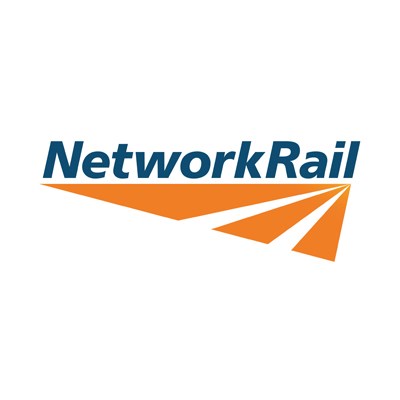Thursday 22 Oct 2015
Network Rail works with Lewes District Council on plans to reopen Plumpton level crossing
- Region & Route:
- | Southern
Network Rail is working closely with Lewes District Council on plans to reopen Plumpton level crossing as soon as it is safe to do so.
The level crossing, on the main line from Eastbourne to London, cannot be opened to road traffic until the existing, life-expired crossing gates are removed and a new, safe method of crossing put in place. However, the Grade II listing of the gates as part of the surroundings of the signalbox - and a legal injunction - means that no work can be carried out without planning consent.
Network Rail will be submitting a fresh application for listed building consent to Lewes District Council to allow this to happen.
Network Rail area director Steve Knight said: “I am acutely aware of the impact this road closure is having on the people of Plumpton and Plumpton Green and I want to assure them that we are doing everything we can to resolve this situation and get the crossing open.
“We held a public meeting in the village last week and the message from local people was clear that the road needs to open. Lewes District Council is also determined to achieve this and we are working together to make this happen as soon as it is safe to do so.
“We have to strike a balance between the need to open the road and the need to keep road and rail users safe on a 90mph railway.
“In the meantime, I am pleased that Lewes District Council has agreed to work with us to resolve the current situation. We will be able to present clearer timescales as this process moves forward.”
NOTES TO EDITORS
In discussion with Lewes District Council, Network Rail has agreed to submit two applications for listed building consent.
The first, which will be decided by council officers later this year, will be to remove the gates on a temporary basis so the road can open. The second, which will be decided by the council’s planning committee in the New year, will be for permanent removal of the gates and their replacement with a modern equivalent.
Both applications will be submitted next week.
About Network Rail and level crossings:
There are approximately 6,100 level crossings in Britain. Level crossings were built with the Victorian railway more than 100 years ago when there were far fewer trains, travelling at slower speeds and fewer people and road traffic. If the railway were being built today, level crossings would not be used.
- There are many different types of crossings, all with different safety measures in place from signs, to barriers and klaxons. See http://www.networkrail.co.uk/level-crossings/types-of-level-crossing/.
- There were eight pedestrian fatalities and two road vehicle fatalities at level crossings in 2014/15.
- At seven, the number of collisions between trains and road vehicles was below the 10-year average of 11 per year.
- Network Rail is investing £100m in the next four years to reduce risk at level crossings and improve safety. The ongoing programme of activity includes:
- Network Rail’s dedicated community safety team which aims to reduce railway crime
- Level crossing closure programme which has seen more than 900 closed over the past six years
- Investment in upgrading and improving level crossings
- Mobile camera enforcement vans
- Developing better and cost-effective ways of detecting and recording level crossings misuse
Contact information
Passengers / community members
Network Rail national helpline
03457 11 41 41
Latest travel advice
Please visit National Rail Enquiries
Journalists
Network Rail press office - Chris Denham
Senior media relations manager
020 3357 7969
07515 626530
chris.denham@networkrail.co.uk
About Network Rail
We own, operate and develop Britain's railway infrastructure; that's 20,000 miles of track, 30,000 bridges, tunnels and viaducts and the thousands of signals, level crossings and stations. We run 20 of the UK's largest stations while all the others, over 2,500, are run by the country's train operating companies.
Usually, there are almost five million journeys made in the UK and over 600 freight trains run on the network. People depend on Britain's railway for their daily commute, to visit friends and loved ones and to get them home safe every day. Our role is to deliver a safe and reliable railway, so we carefully manage and deliver thousands of projects every year that form part of the multi-billion pound Railway Upgrade Plan, to grow and expand the nation's railway network to respond to the tremendous growth and demand the railway has experienced - a doubling of passenger journeys over the past 20 years.
Follow us on Twitter: @networkrail
Visit our online newsroom: www.networkrailmediacentre.co.uk

